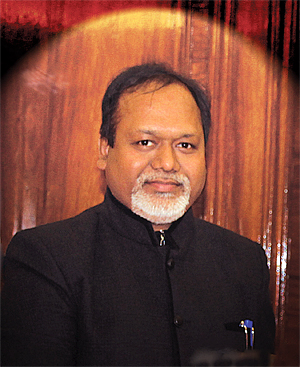From the Editor-in-Chief

Dear Readers,
It is heartening to note that India’s civil aviation sector is going to catapult itself to number three slot, after China and US, in terms of passenger growth. However, the pace of growth of general aviation and business aviation lags woefully behind as this segment has to fight many battles, including that of perception. Another battle it has to continuously fight is that of pilot shortage.
It is a real concern. After investing almost about Rs. 50 lakh in pilot training, the fresh pilot gets busy looking for jobs in airlines for obvious reasons. Even if he or she takes up private jet flying, it is at the beginning of their career and as a stepping stone, unless of course, the benefits of private flying are too good to give up. This phenomenon is not just restricted to India but elsewhere too. The International Civil Aviation Organisation (ICAO) has forecast that Asia-Pacific region alone needs 2,30,000 pilots by 2030 and will have to train about 14,000 annually to meet that need, but the region has capacity to train about 5,000 pilots. That indeed is quite a shortfall. In this issue, there is pitch that is made for pilot training in India and Chimes Aviation Academy has listed out the benefits.
Besides, the issue of pilot shortage, the segment has many hurdles to cross before it takes off in the right direction. To create awareness about the issues and also to network among the community, the Business Aircraft Operators Association (BAOA) has been doing yeoman service since its inception in 2011. It has teamed up with us for bringing out this magazine and also holds a seminar-cum-awards event at major air shows in the country. The two initiatives are engaging the general aviation and business aviation community like never before.
The article by Raju Ranjan Gogoi gives interesting tips on operating private / business jets into India, on permissions required, hangar slot availability, airport timings and like. It comes handy for overseas operators who are clueless on the many procedures that exist here.
We have an article by former BAOA President, Rohit Kapur, on aircraft management and why it is needed in India. It outlines that with present-day regulations being complex the need to get assistance of experts to ensure that the aircraft is in the ‘compliant zone’ at all times. This is where aircraft management companies come into play. Also we have an article on corporate social responsibility by general and business aviation community which documents a few efforts of the community during humanitarian crisis. All this and more!
Happy reading!
J. Baranwal
Editor-in-Chief





